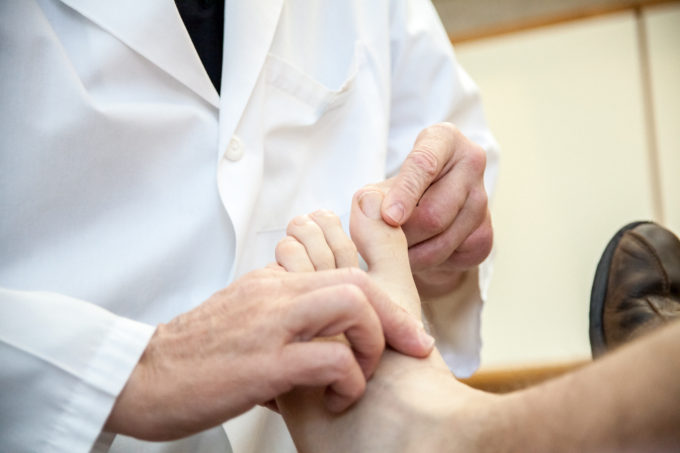
Stage 1
In this stage, the patient is experiencing symptoms of neuropathy, but they are still very mild.
Stage 2-4
Many patients will experience the most pain here, along with the burning and tingling and it can become very hard to sleep. This is also where people typically begin taking neuropathy medication.
Stage 5
At this point, the neuropathy has usually progressed to where the patient’s feet are numb and very weak. They aren’t in pain, but often have trouble standing or walking and don’t have the strength that they used to have. If the patient is diabetic, the risk of amputation goes up here, because the nerves are often dead.
The good news is that patients have an opportunity to decrease the risk of getting to stage 5 and also of amputation. During the middle stages, the nerves are still very much alive and that’s where nerve decompression surgery plays a very important role in the patient’s treatment. Many ask, can you reverse neuropathy? We can go in and open up these nerve tunnels that are being compressed and many times, we can reverse the symptoms of neuropathy in feet, neuropathy in legs, and restless legs, which drastically improves the patient’s quality of life.
To learn more, click here.
In this video, Dr. Anderson discusses the five neuropathy stages, the symptoms that can occur at each stage, and treatment options that are available throughout the journey.




